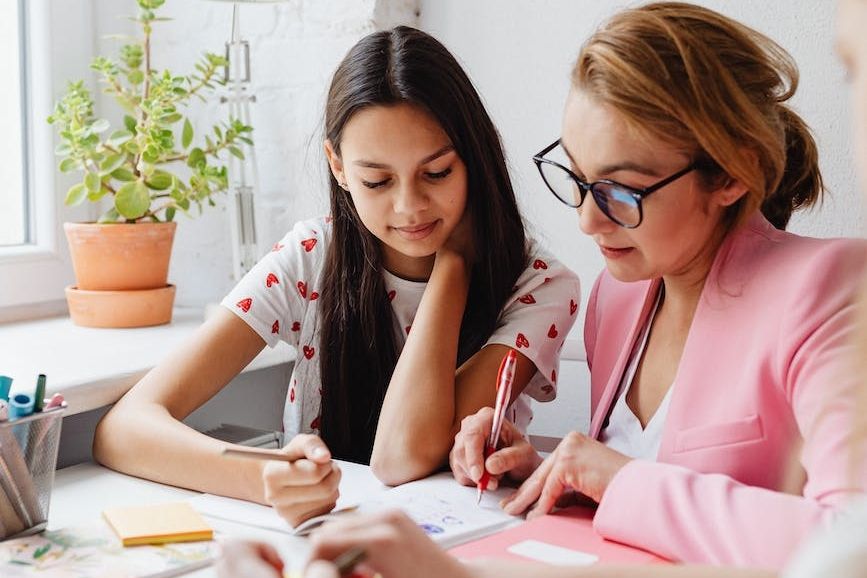Creating flexible learning environments is a key aspect of the individual learning approaches. Such environments adapt to the varying needs and preferences of learners, offering a range of knowledge transfer methods and resources.
This flexibility might involve a combination of page reading and brainpage writing, online learning, task-based learnography and motor experiential activities.
For example, dynamic motor learning models, such as Taxshila Model, can replace traditional period teaching classroom and home assignments, allowing students to learn at their own pace in brainpage classroom and revisit challenging concepts as needed in motor knowledge transfer.
Student development is very important in the knowledge transfer of school dynamics. Flexible learning environments also include varied assessment methods, such as Taxshila Levels (1 to 5), brainpage creation and hands-on task solutions, which allow pre-training students to demonstrate their understanding in diverse ways.
By accommodating different learning styles and preferences, flexible learning environments foster a more inclusive and supportive brainpage development experience.
Visit the Taxshila Model for More Information
Learnography: Unlocking the Secrets of Knowledge Transfer in Learner Brain
Brainpage learning offers a promising new direction in the world of knowledge transfer. By understanding how our brains acquire and store knowledge, we can create a more engaging and effective learning experience for all students.
Let’s move beyond traditional teaching models and embrace the transformative power of brainpage schools!


Leave a comment